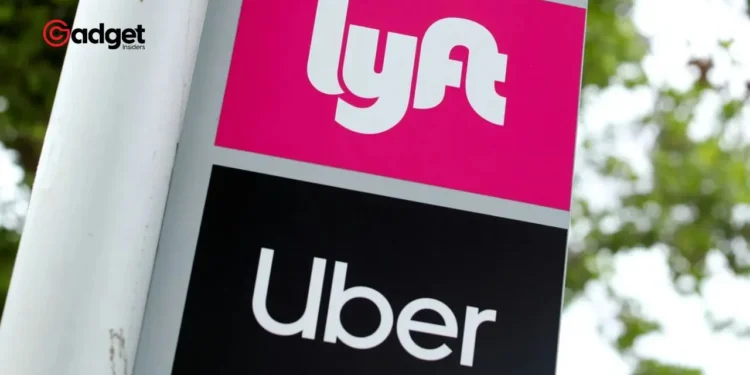In a recent development, the city of Minneapolis has brokered a deal with Uber and Lyft, aiming to boost drivers’ wages and improve their working conditions. This decision comes after a prolonged struggle between the ride-hailing giants, their drivers, and local lawmakers, highlighting the complexities of gig economy negotiations and the balance of power within the digital platform labor market.
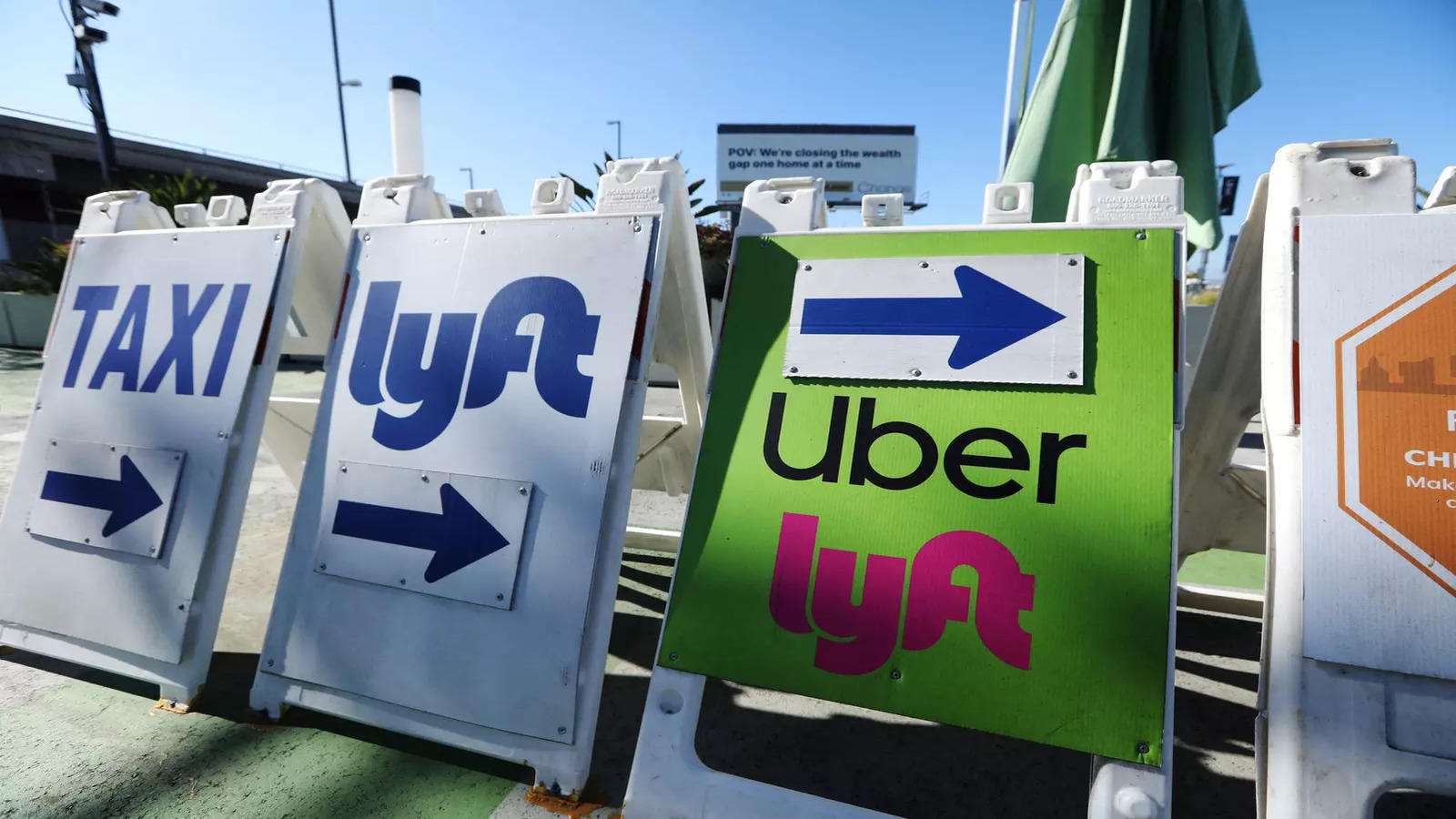
The Heart of the Deal: Immediate Gains and Future Implications
On May 20, the Minneapolis City Council unveiled a negotiated agreement with Uber and Lyft, setting an inflation-pegged wage floor that aligns with Minnesota’s $15 minimum wage post-expenses. This adjustment has been celebrated by some as a significant improvement, potentially increasing drivers’ earnings by up to 20%.
Despite the initial fanfare, the agreed-upon wage remains lower than nearly all previous proposals discussed over the last two years, suggesting a compromise heavily influenced by corporate pressures.
“Drivers, who have been at the mercy of often inscrutable algorithms leading to arbitrary deactivations, can now contest such decisions,” explains a council spokesperson. This provision, coupled with the establishment of a non-profit center for driver rights education, aims to provide more stability and support for drivers navigating the gig economy.
Moreover, the deal enhances insurance coverage for drivers, extending up to $1 million immediately after a ride ends— a critical upgrade that addresses the dire need for better protection against accidents and assaults, ensuring drivers are not left to handle such crises unsupported.
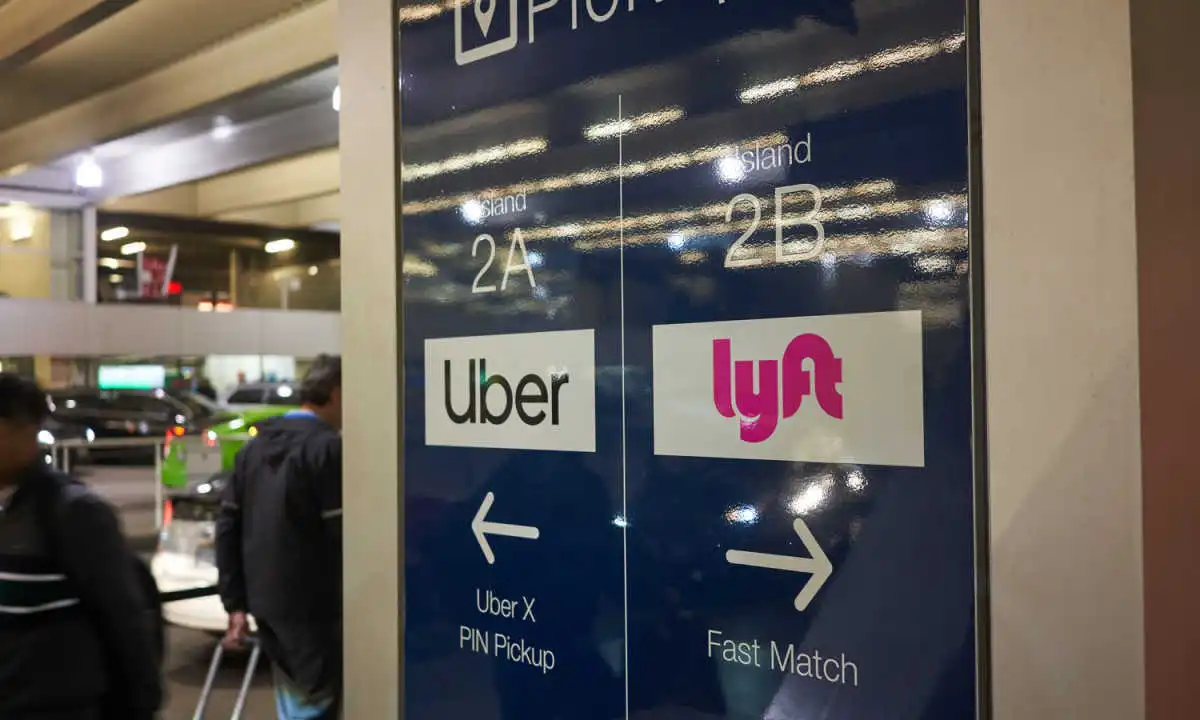
A Closer Look at the Strategy: Preserving Corporate Leverage
Despite these advancements, the core structure of the ride-hailing business model remains intact, allowing Uber and Lyft to potentially undermine these new policies in the future. The companies’ repeated threats to exit the Minnesota market have demonstrated a strategic use of political pressure to sculpt legislation in their favor.
These threats resulted in significant political concessions, including the quashing of a bill by Governor Tim Walz and the veto of city council ordinances by Minneapolis Mayor Jacob Frey.
The reliance on capital strikes by Uber and Lyft narrows the political discourse and diverts attention from their disproportionate structural power. This maneuvering dilutes the city’s ambitions and normalizes compromised increments in driver conditions, perpetuating a cycle where substantive changes are continuously deferred.
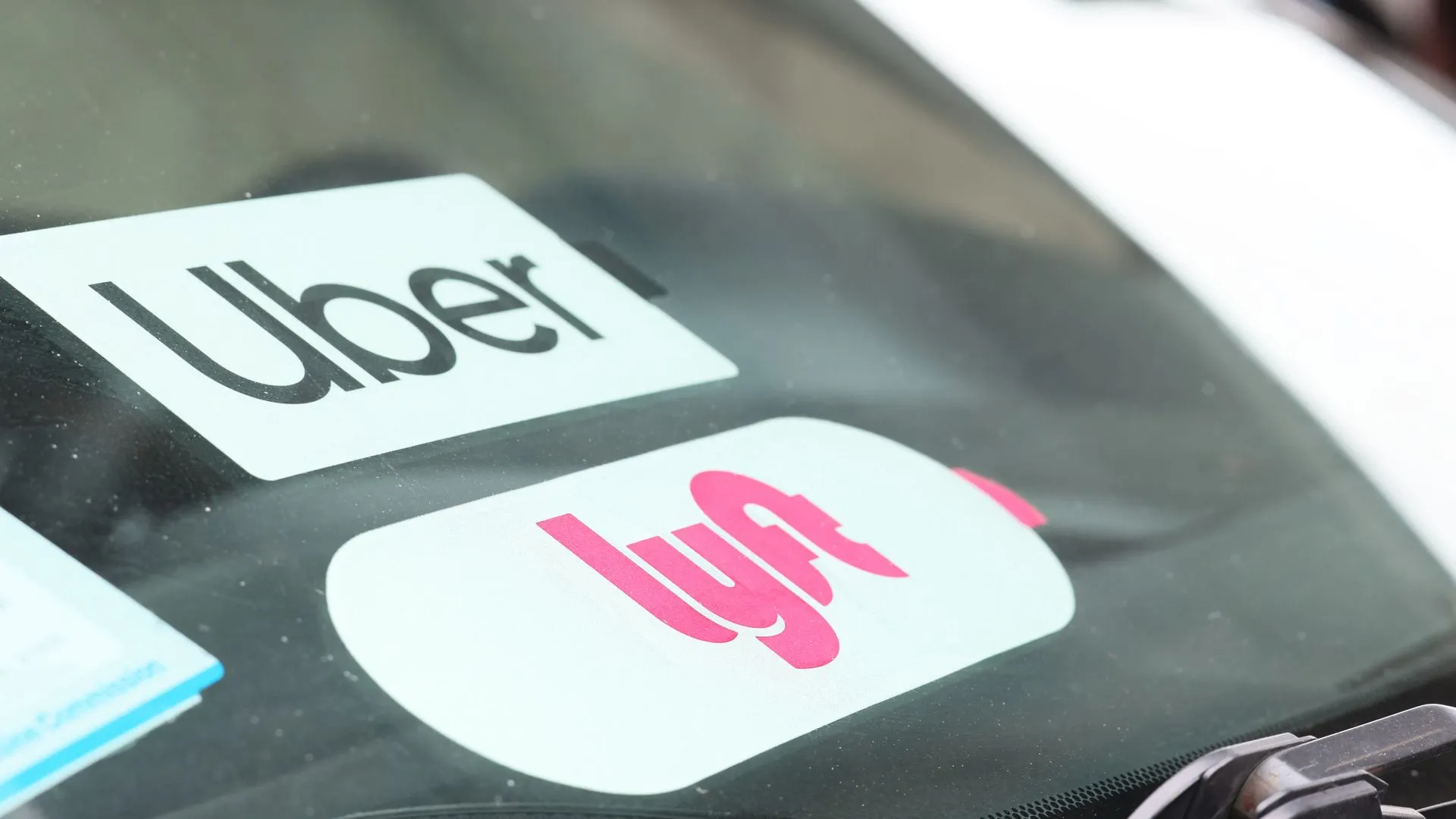
Underlying Issues at Minneapolis: The Digital Ride-Hail Model’s Flaws
The Minneapolis deal does not address key systemic issues within the digital ride-hail model, such as the misclassification of drivers as contractors and the pervasive lack of transparency in pay algorithms.
Legal scholar Veena Dubal criticizes this opacity, noting that “algorithmic wage discrimination” perpetuates unfair labor practices by calculating minimum pay rates in a manner that is neither predictable nor transparent, thus exploiting drivers further.
Furthermore, while the deal ensures some pay transparency for drivers, it stops short of requiring Uber and Lyft to make regular and unrestricted data disclosures, a crucial aspect of regulatory oversight that was dropped from the final ordinance. This lack of data transparency is a significant loophole that could lead to further erosion of working conditions.
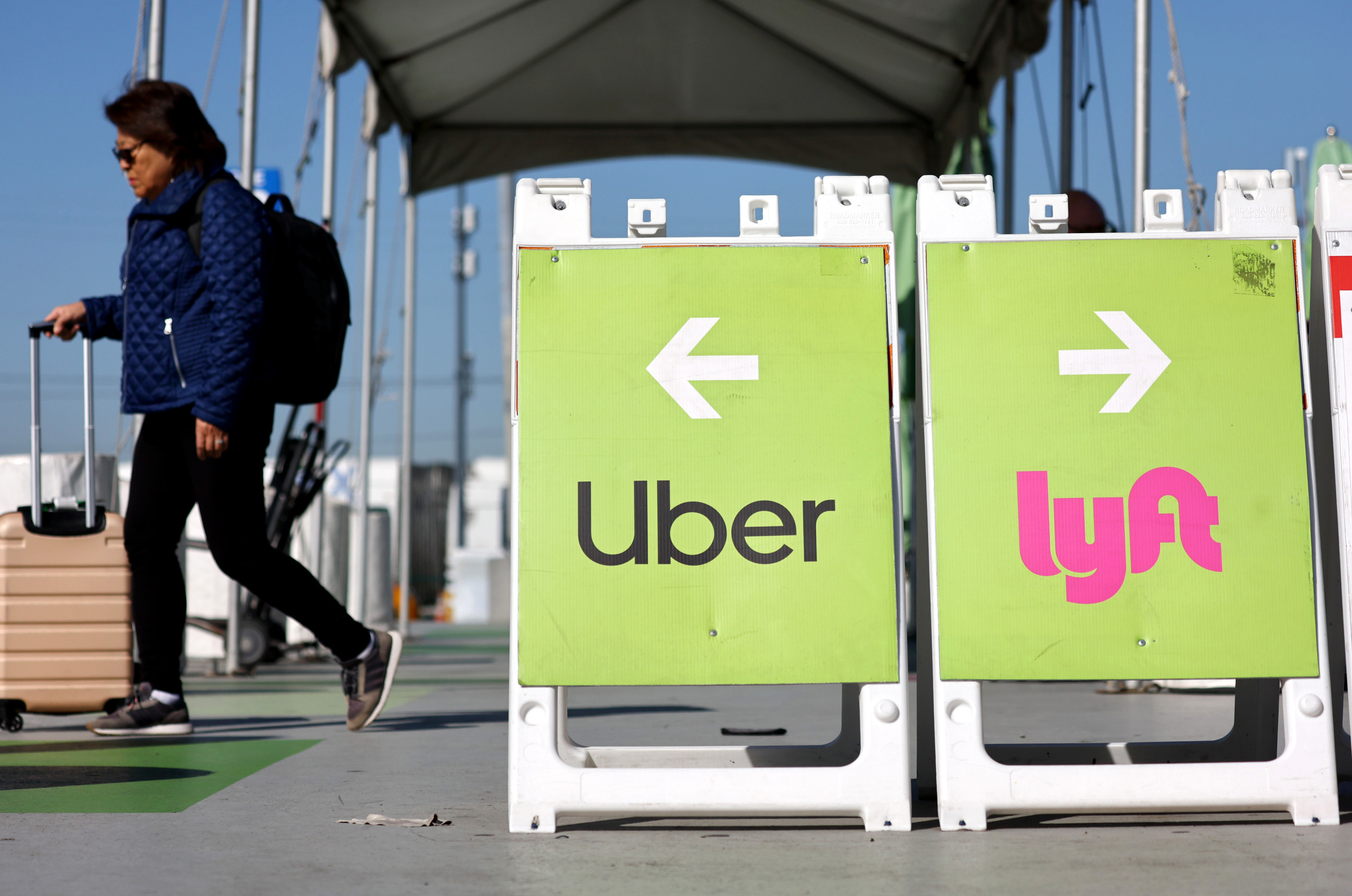
A Pattern of Temporary Fixes and Persistent Challenges
The Minneapolis Compromise reflects a broader trend in how cities and states negotiate with powerful tech companies. While providing immediate relief to drivers, these agreements often fail to tackle the foundational inequities of the gig economy.
The digital ride-hail model, despite its widespread adoption, continues to be marked by inefficiencies, exploitative practices, and a significant imbalance in power dynamics.
As debates around the future of urban transportation and labor rights continue, the need for a more equitable model becomes increasingly apparent. Will future negotiations finally break the cycle of temporary fixes, or will cities continue to find themselves making concessions that leave the underlying issues unaddressed?
This unfolding scenario in Minneapolis serves as a microcosm of the global challenge of regulating gig economies—a sector that promises convenience but often at the cost of its most essential stakeholders, the workers.

